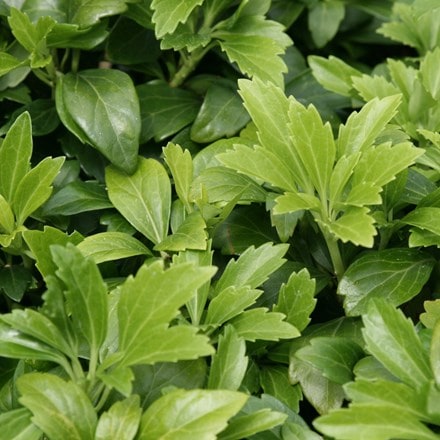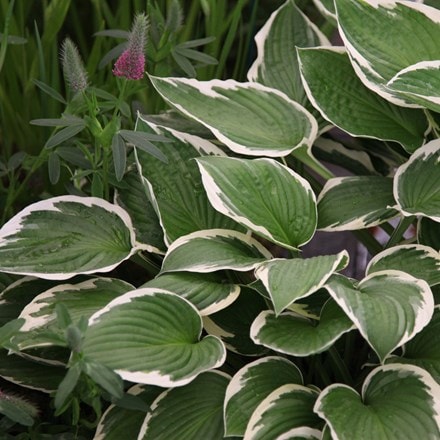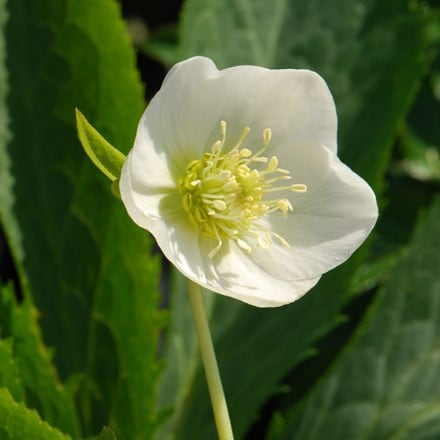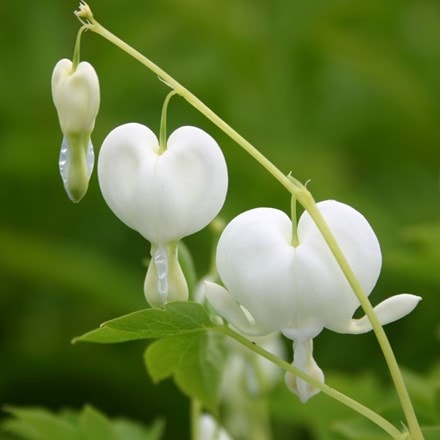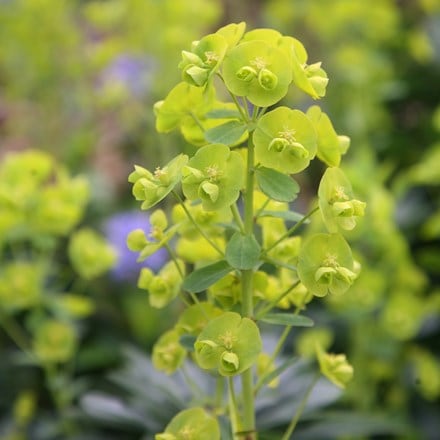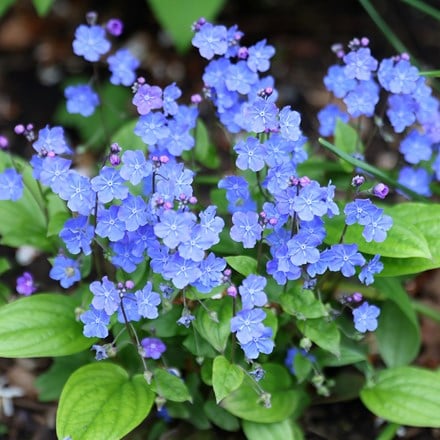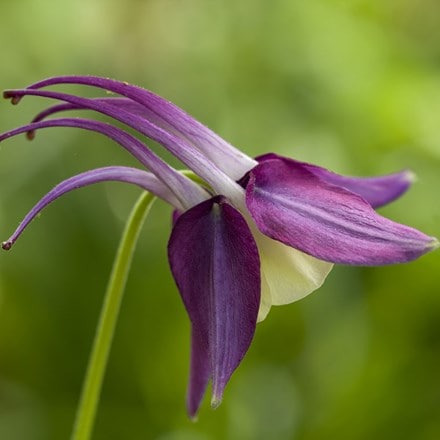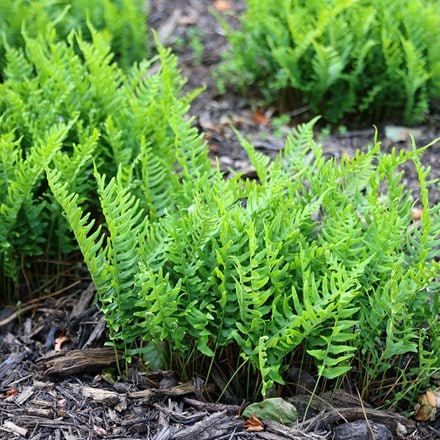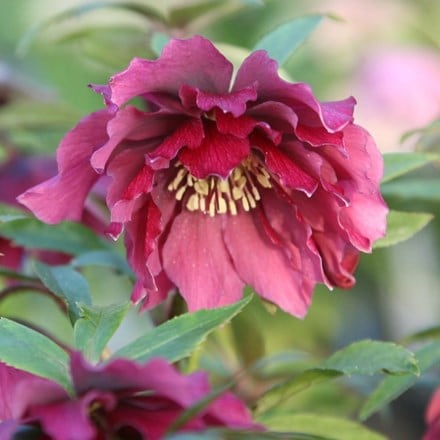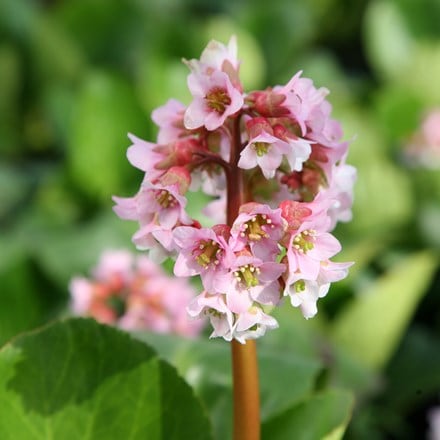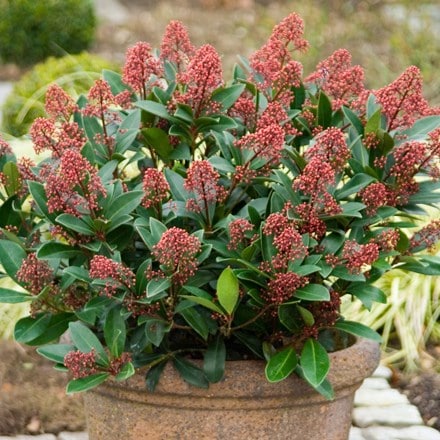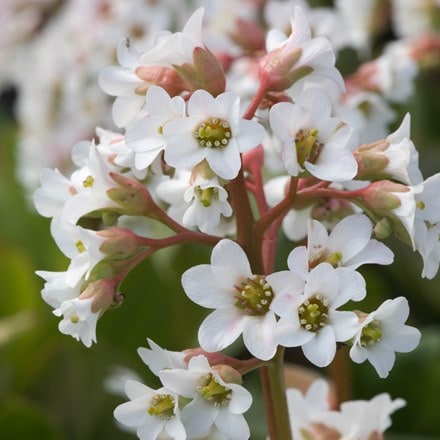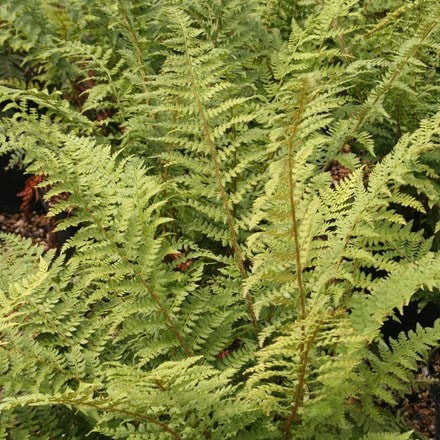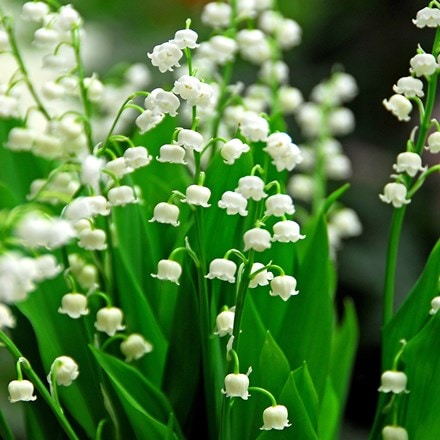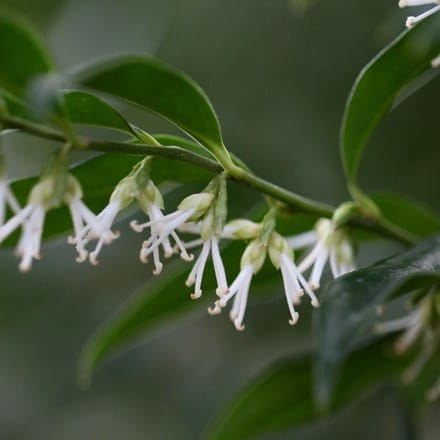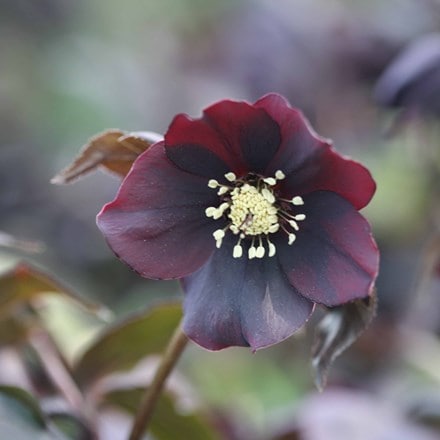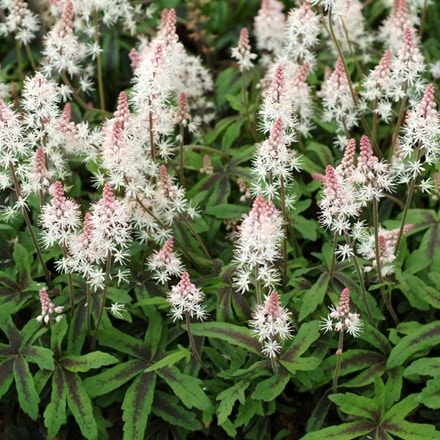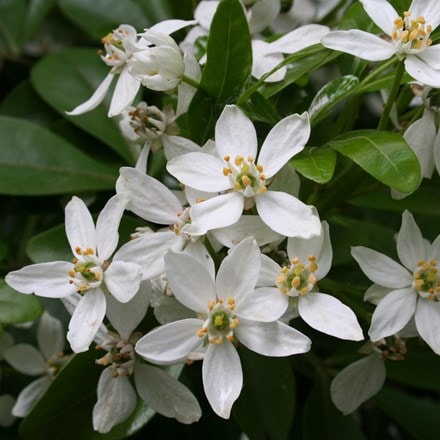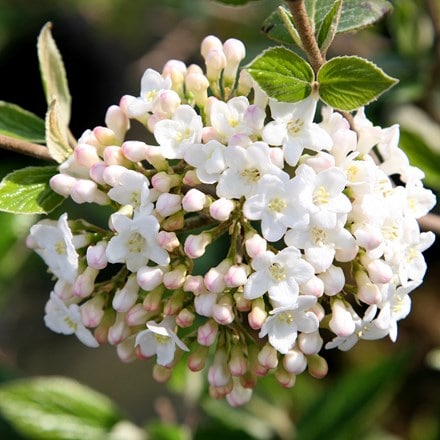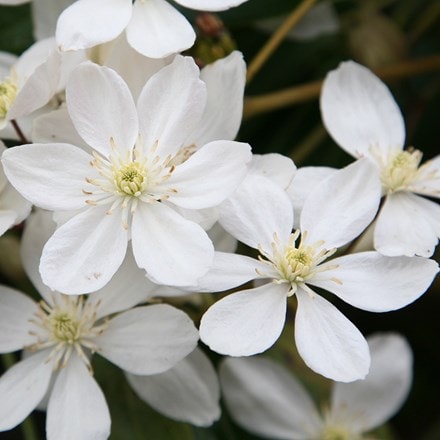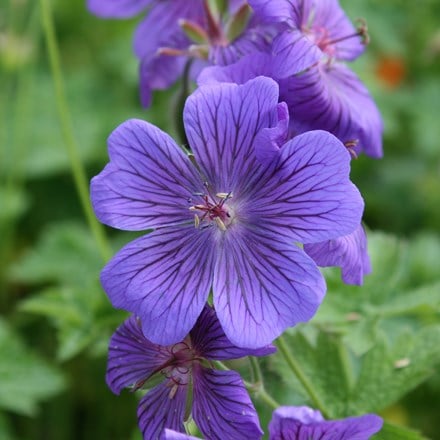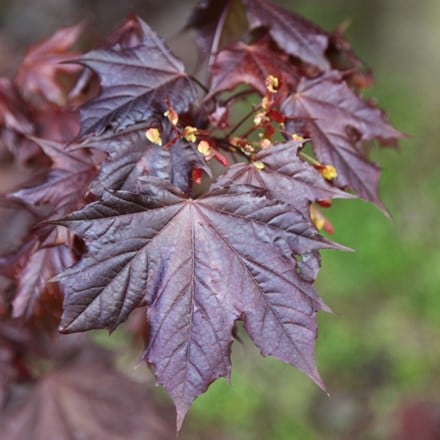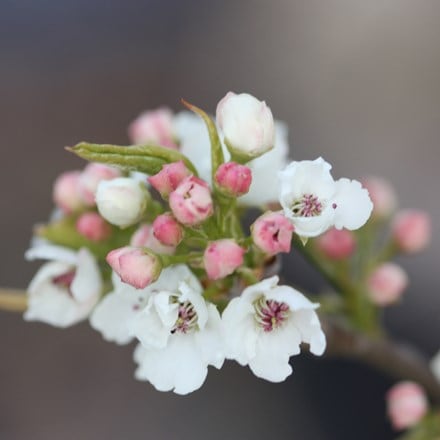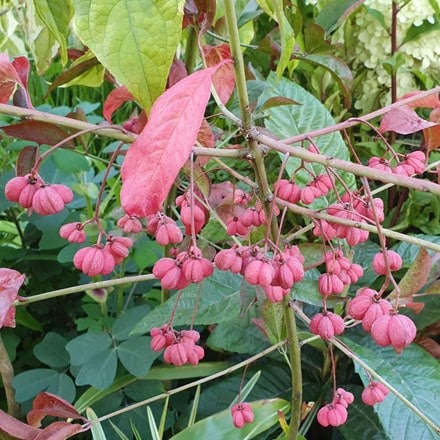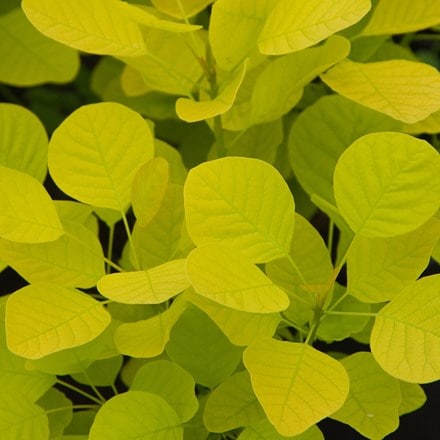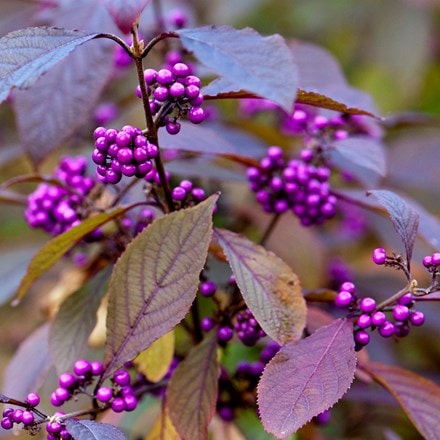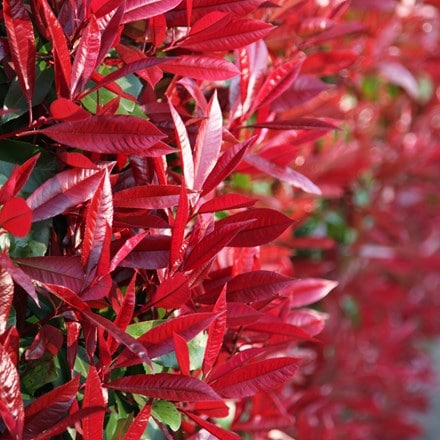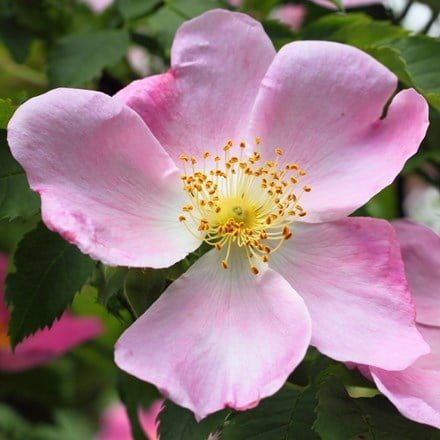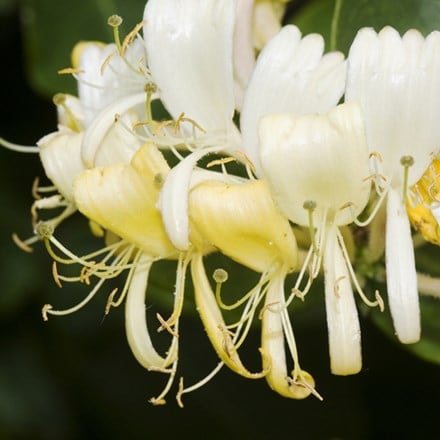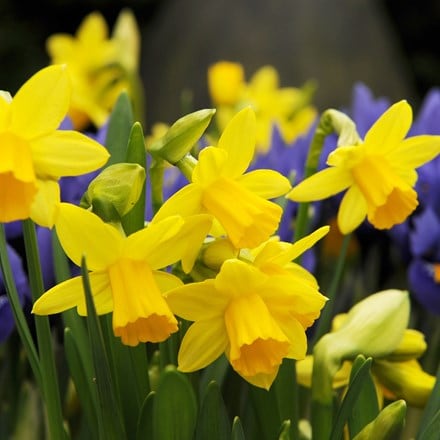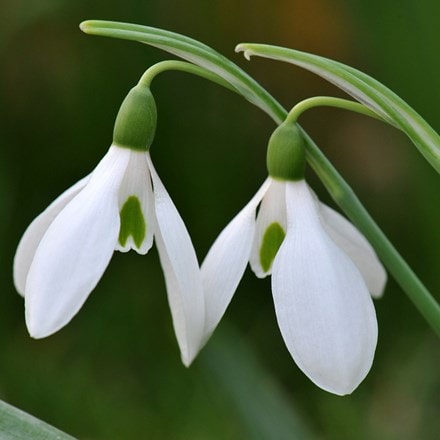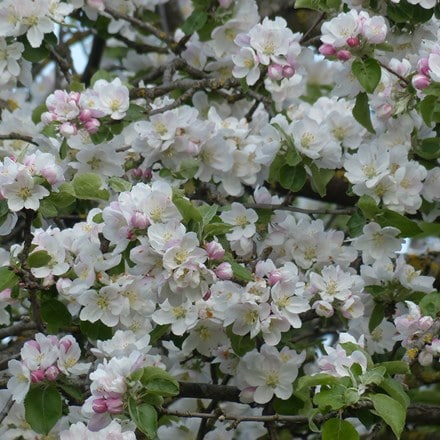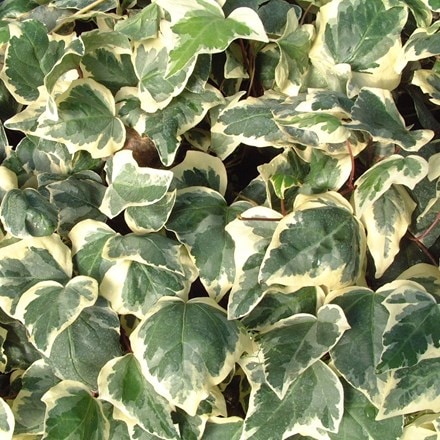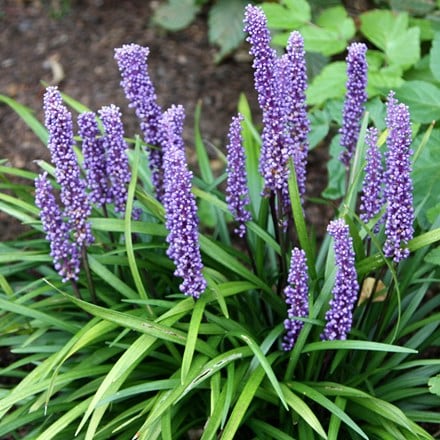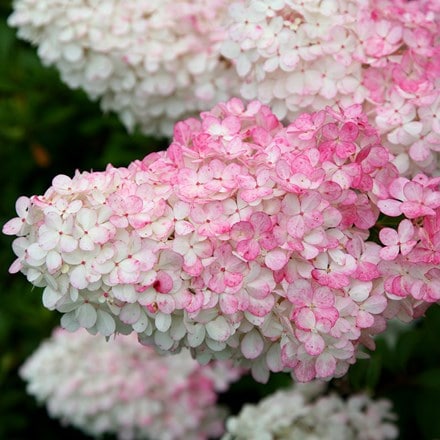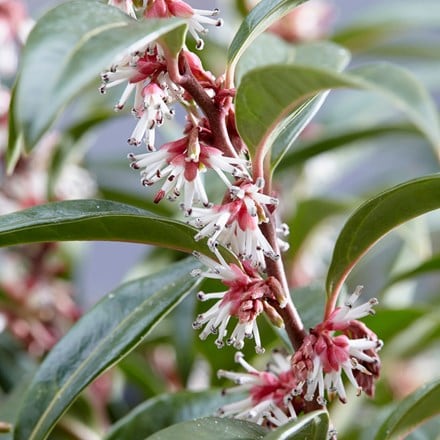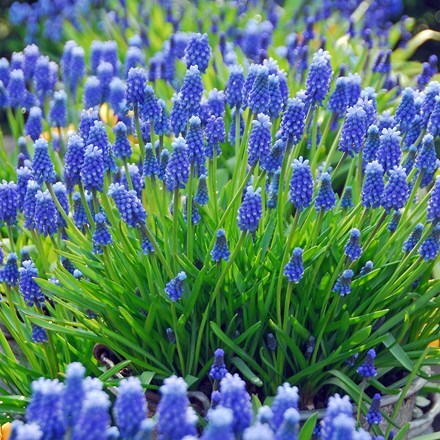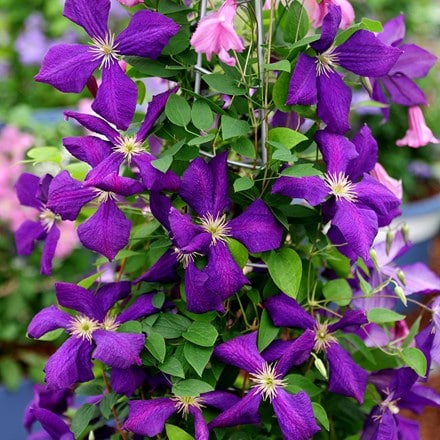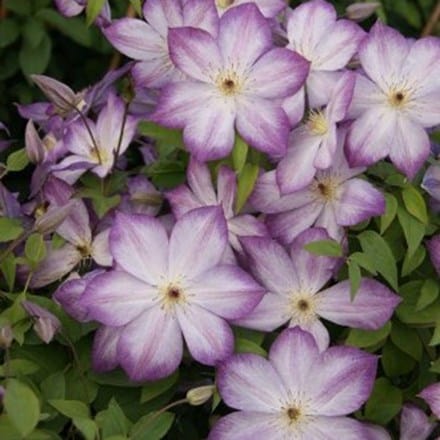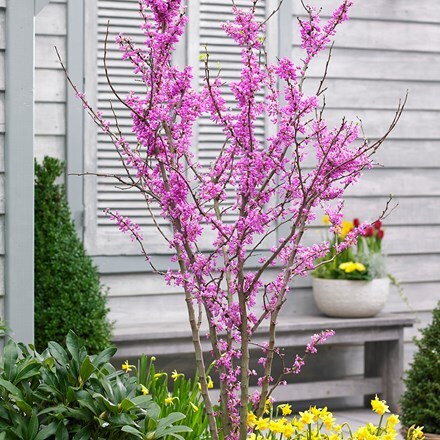Helen's monthly choice - November

Helen Derrin, Crocus plant doctor
Last updated October 2025


November can be quite a busy month in the garden. Anything that’s remotely tender should be moved to a sheltered spot before the weather turns nasty, and if you’ve not yet planted your spring flowering bulbs or sown sweet pea seeds, then this too should be done asap. Weather-beaten perennials and ornamental grasses can be cut back before being tucked in with a generous layer of mulch, and it's also a great time to move any plants that are either in the wrong place, or have gotten too big. If you’re in the market for great-value bare root roses, fruit or hedging plants, these will be available towards the end of the month, but get your orders in early, as some of the more popular or unusual varieties often sell out quite quickly.
If all that's not enough to keep you busy, there's also the fallen leaves to contend with. The good news is that most of them will make great leaf mould, which is bounty for the borders. Simply bag them up while they’re damp (a bin liner with holes poked in will do if you don't have a hessian sack) and leave them tucked away in a shady corner. In one year you will have a beautiful, crumbly mix that can be used as an autumn mulch, and in two years, a fine-textured soil conditioner.




